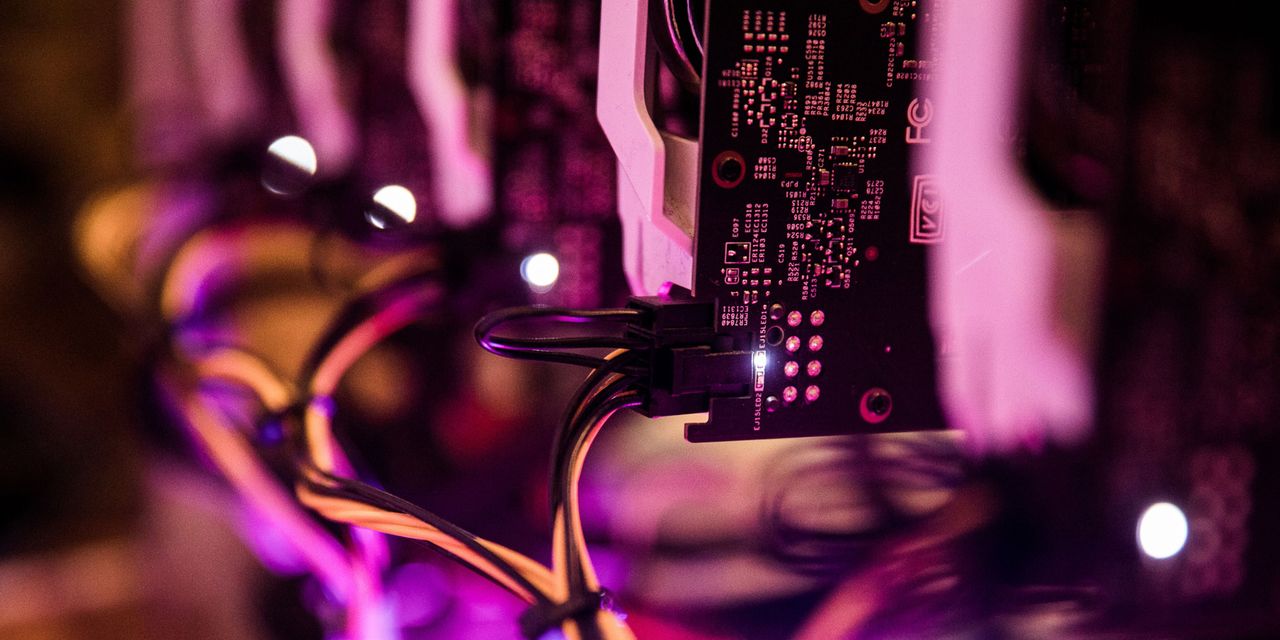Nvidia
provided a revenue forecast for the July quarter way above expectations, citing surging demand for its chips that enable artificial intelligence applications.
Its shares soared in after-hours trading.
The semiconductor company reported April quarter adjusted earnings per share of $1.09, compared to Wall Street’s consensus estimate of 92 cents, according to FactSet. Revenue came in at $7.2 billion which was better than analyst expectations of $6.5 billion. For the quarter, gaming revenue was down 38% from a year ago, but sales for its data center segment rose 14% thanks to demand from AI.
The big news was the outlook. For the current quarter, Nvidia gave a revenue forecast range of $11 billion at the midpoint, well above the analyst consensus of $7.2 billion.
Nvidia shares rose as much as 16.5% to $355.89 following the release.
“The computer industry is going through two simultaneous transitions—accelerated computing and generative AI,” Nvidia CEO Jensen Huang said in the press release. “Our entire data center family of products—H100, Grace CPU, Grace Hopper Superchip, NVLink, Quantum 400 InfiniBand and BlueField-3 DPU—is in production. We are significantly increasing our supply to meet surging demand for them.”
These products are used to power the latest artificial intelligence applications that have riveted both investors and consumers alike.
Nvidia is a leading maker of chips used for videogames, artificial intelligence, and cloud computing applications inside PC and server hardware.
The company’s chips have high exposure to generative AI, which has been trending this year. The technology ingests text, images, and videos in a brute-force manner to create content. Interest in this form of AI was sparked by OpenAI’s release of ChatGPT late last year.
Wall Street analysts have a positive view on Nvidia. About 74% have Buy or equivalent ratings on the stock, according to FactSet.
Nvidia stock has surged more than 100% so far this year and about 90% over the past 12 months.
Write to Tae Kim at [email protected]
Read the full article here




